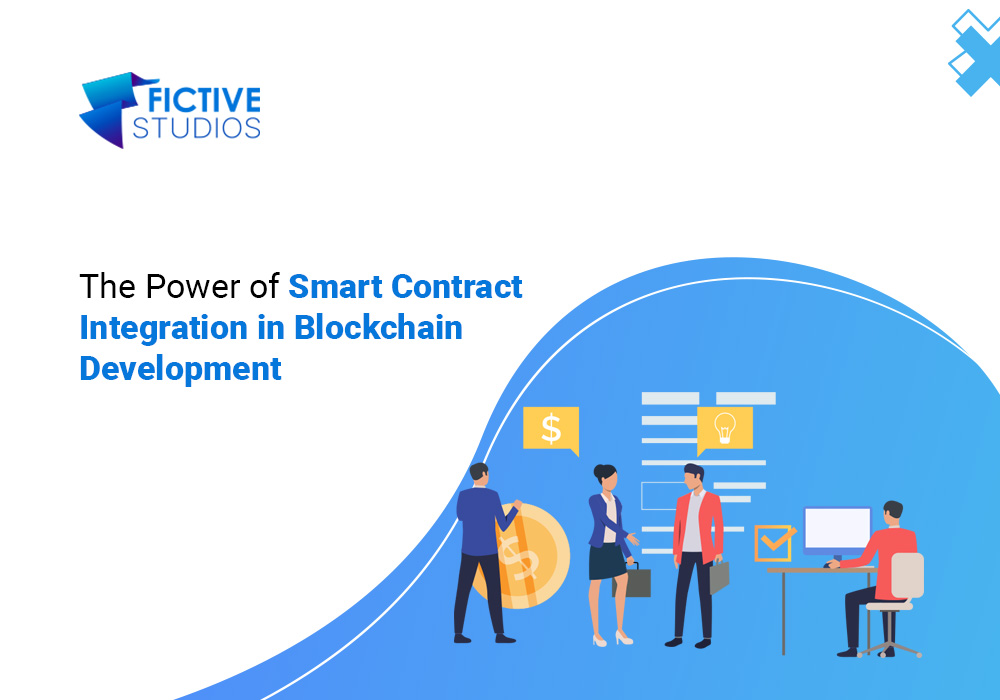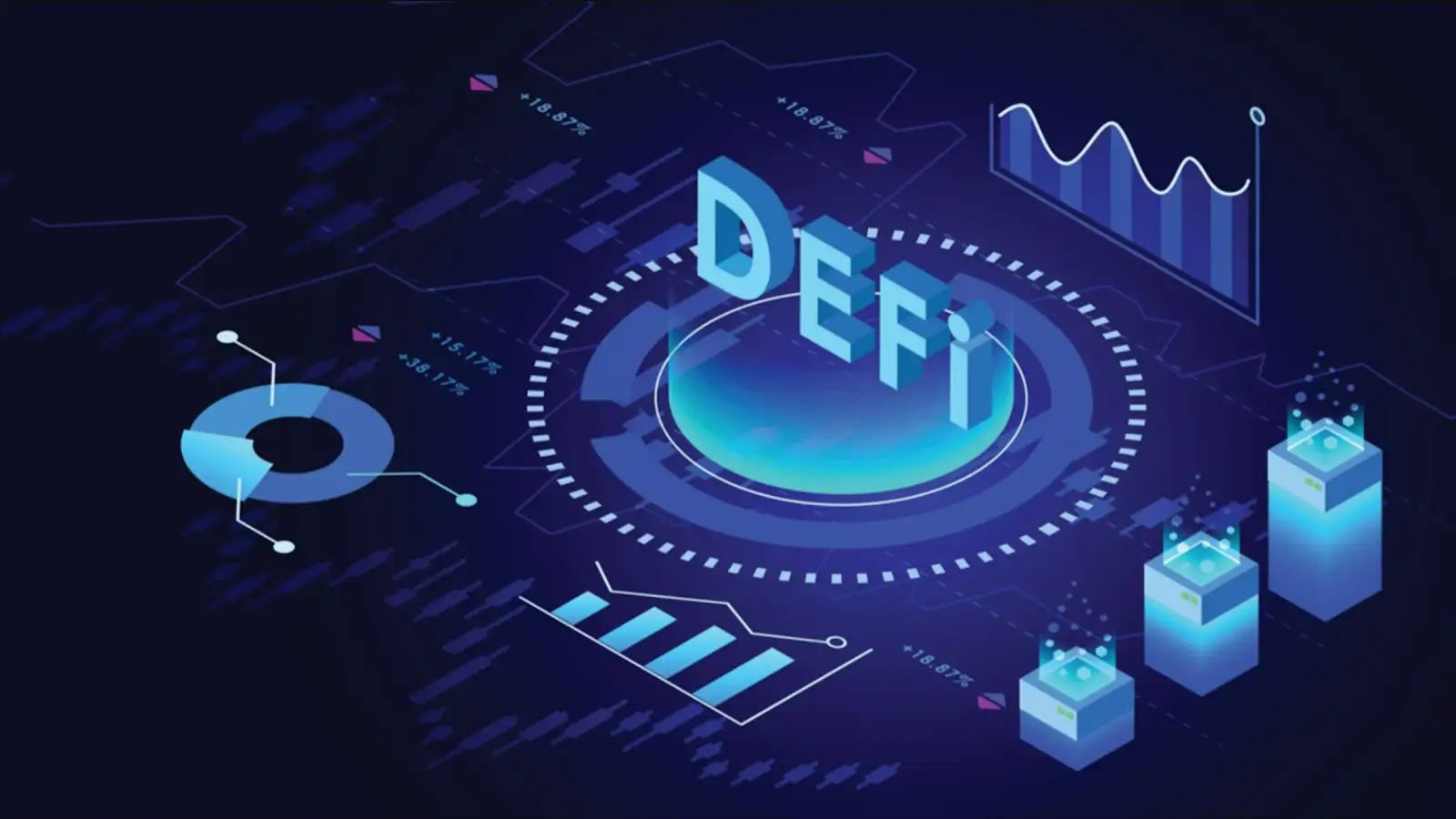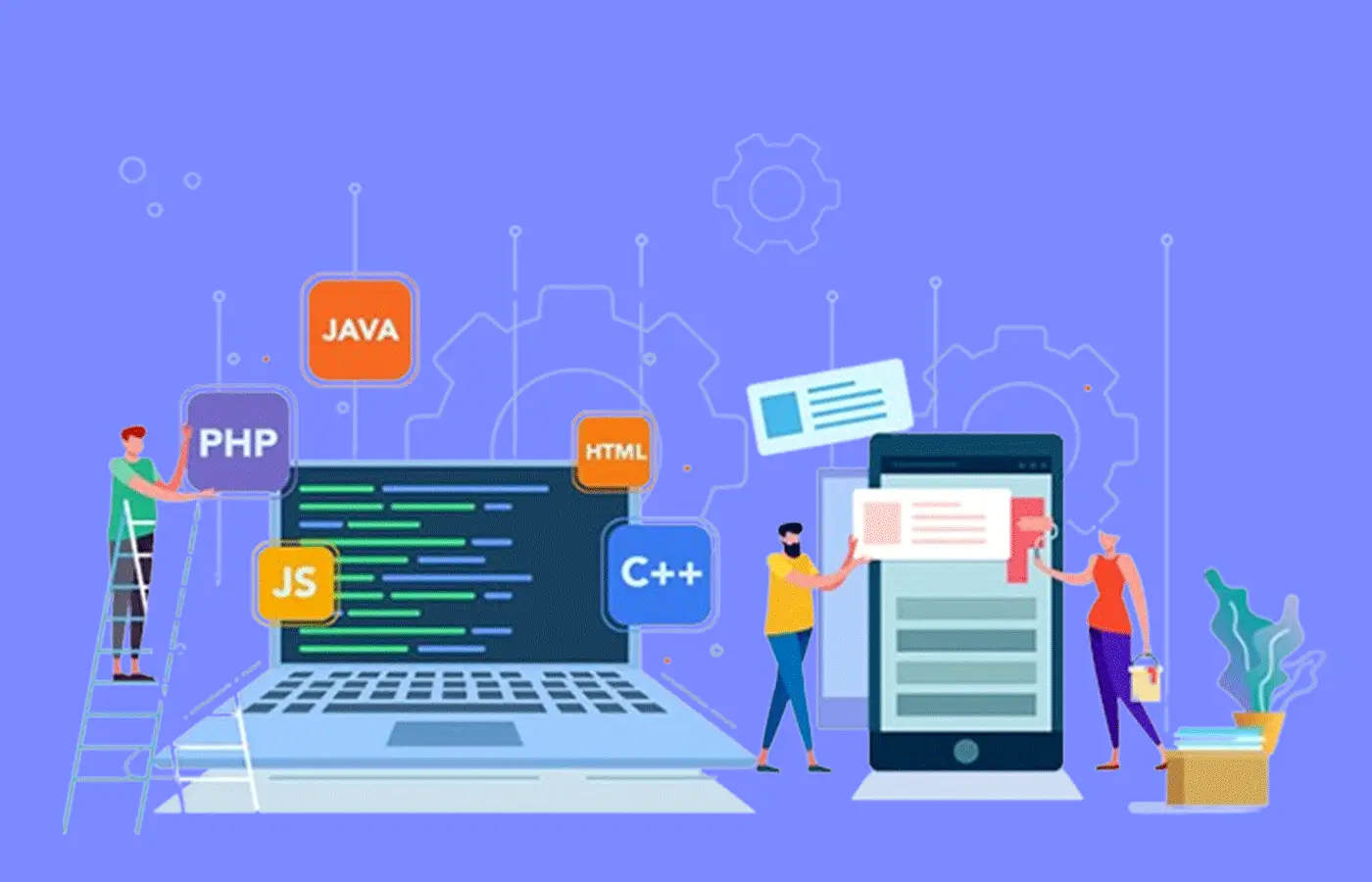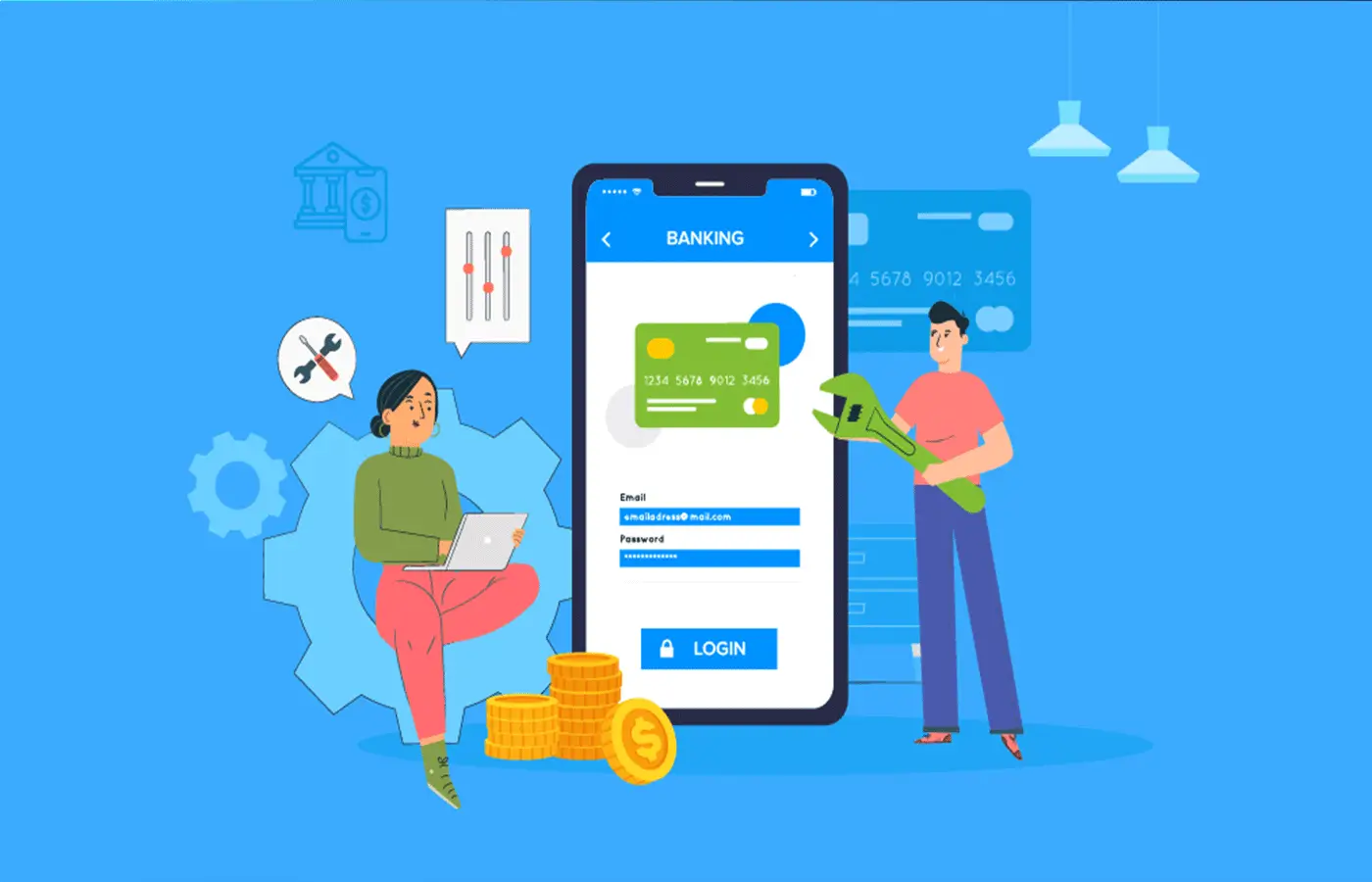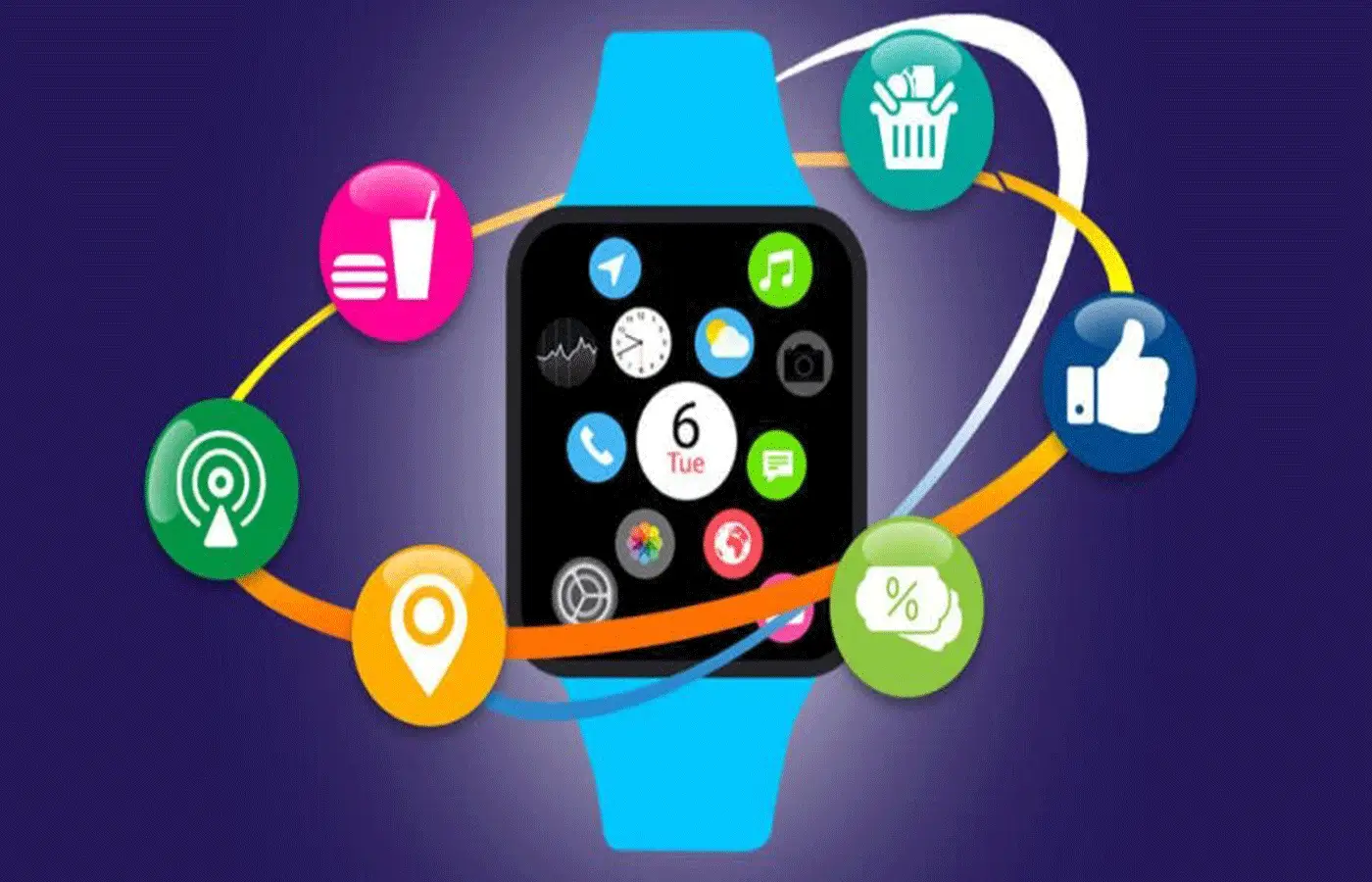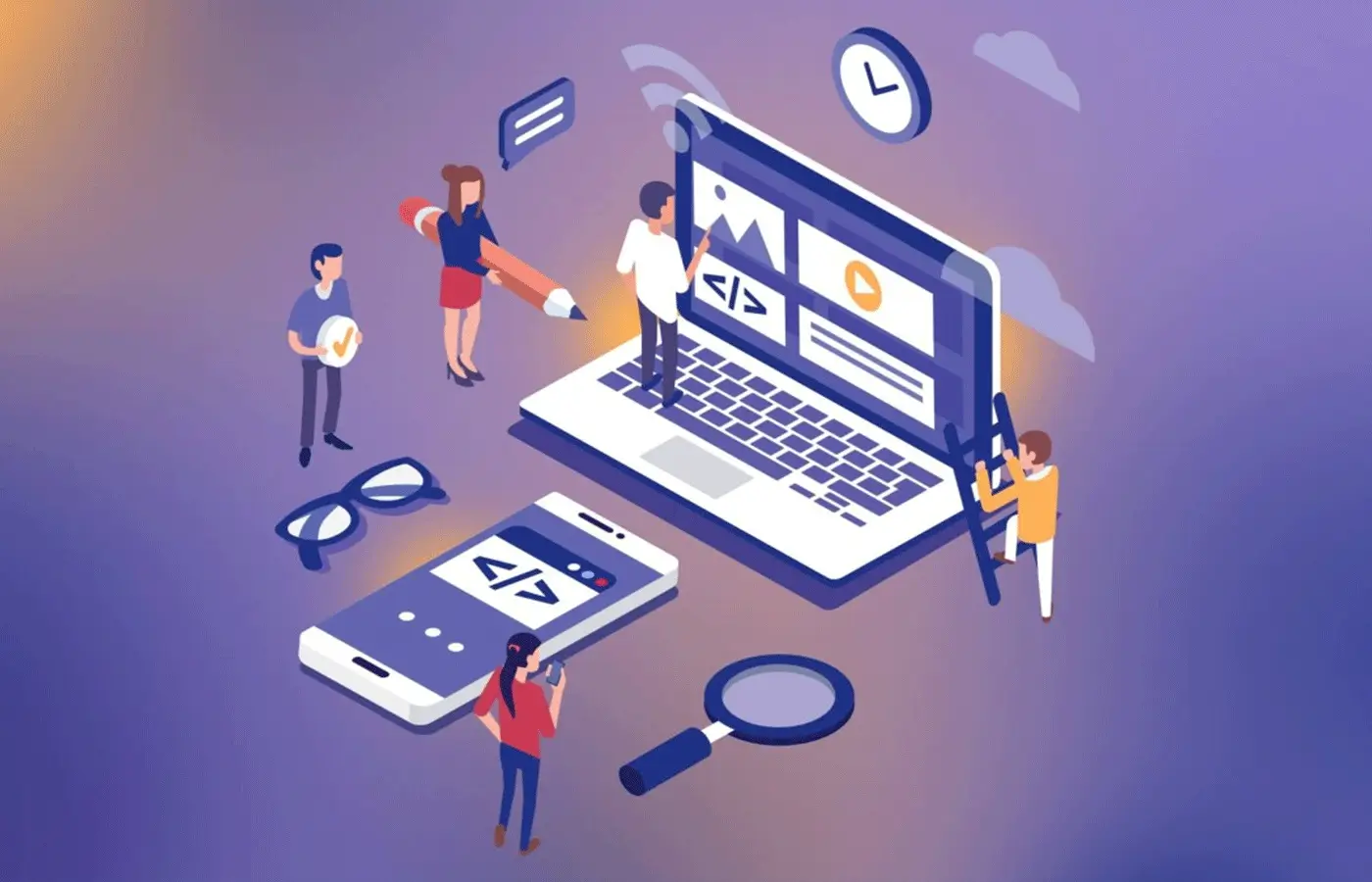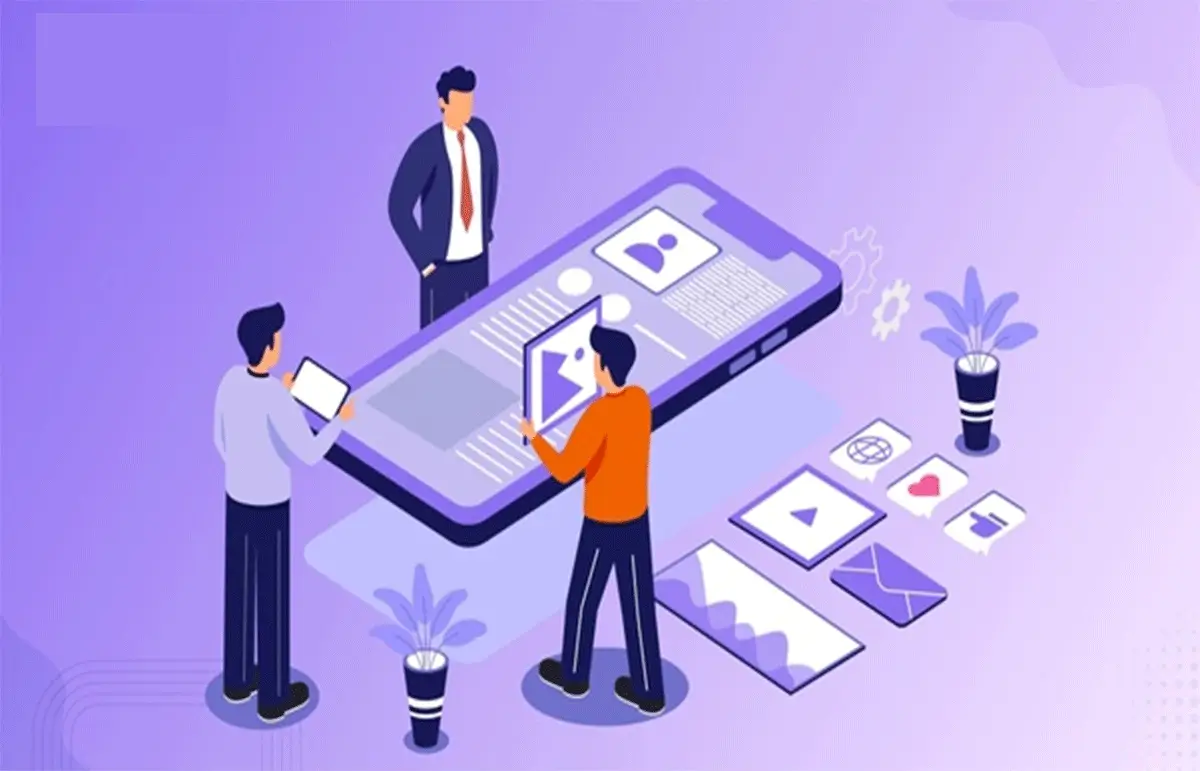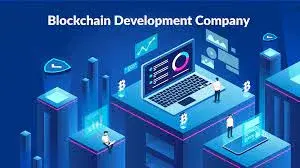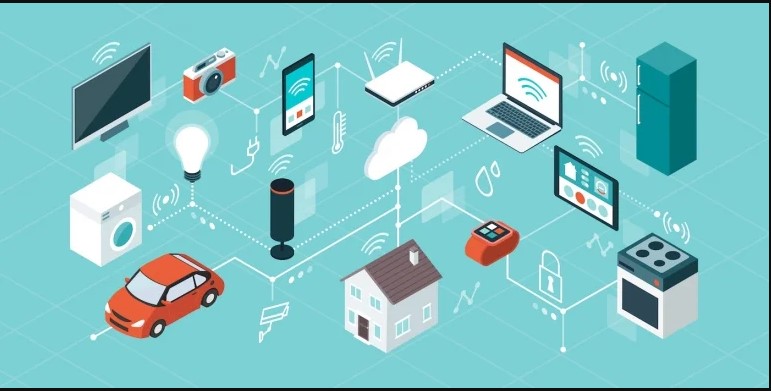
How to Control and Manage IoT Devices Remotely: A Comprehensive Guide
In the world of unhalted connectivity, where everyone can connect at lightning speed, it is no surprise that every device, be it a mobile phone, laptop, computer, or tablet, all integrated with connectivity. In this sphere, the Internet of Things (IoT) has also been playing a vital role in introducing interconnectedness in a new manner, and it has completely changed the interaction with technology. Multiple examples can be given to explore the advents of the Internet of Things, such as smart thermostats to security cameras; these devices offer only one thing, which is efficient convenience. This blog, therefore, discusses the strategies for efficient management of Internet of Things devices from any or every part of the world. What’s the ecosystem of IoT devices? It is integral to understand how the ecosystem of IoT devices works, and they are set on an extensive spectrum of functions, such as industrial monitoring, home automation, and many others, such as healthcare. The availability of IoT devices exists in many sizes and shapes, each of which is different from the other; it all exists with variance in their capabilities and the requirements needed for connectivity; for example, the wearables and smart appliances are proving the improvisation of this field, as well as the actuators and sensors. Why is it important to choose the right IoT device? It is of utmost importance that the choice of IoT device is explicitly brought into consideration when you are setting out to build an ecosystem for IoT. To do so, it is of extreme reliance that the devices are chosen from manufacturers that have maintained their reliability with a proven track record of security and trustworthiness. It is a must for these devices to uphold the protocols set by the industry for standard encryptions. It also must support the regular updates of firmware. The devices must be compatible with the present IoT platforms and hubs so that their interoperability and management are streamlined. How to control and manage IoT devices remotely? It is quite convenient for all IoT devices to be dealt with remotely. However, at the same time, it needs to be kept under careful consideration of practicality and security. Here’s a comprehensive guide on how to do it correctly: A secure network is a must-have It is needed that whichever network is being used, is secure with WPA2 or WPA3 encryption, be it your home or business network. It is recommended that you keep a password that is, first of all, known by none and also can not be guessed easily by anyone for not just your IoT devices but also your Wi-Fi network. All of this is needed to make sure there is no possibility of any unauthorized access that can be of potential harm. A centralized IoT hub or platform must be used The employment of a centralized IoT platform or hub will provide an additional benefit of convenience with its power to manage various IoT devices at once and from a single interface. There exist many such platforms to simplify monitoring and control such as Apple HomeKit, Samsung Smart Things, or Amazon Alexa. Implementation of Two-Factor Authentication (2FA) Wherever it may be possible, it is suggested to enable two-factor authentication specifically for all the accounts and hubs used to manage IoT devices. You may wonder, what will it do? It adds a layer of security. How? It not only asks for a password as the primary authentication method but also a secondary authentication method. Create segment networks separately. The creation of separate segments of the network helps to separate IoT devices from servers and computers or any other critical system that you may be using for operations. It will also enable you to practice the prevention of your compromised IoT devices affecting other segments of your used network. Make the use of Virtual Private Networks (VPN) To access your IoT devices securely from remote networks, make sure to set up a Virtual Private Network. You must do it simply to encrypt your available internet connection and safeguard your transmitted data from your device to the IoT devices. Constant update of Software and Firmware Updating is a requirement that needs to be kept up with, make sure all software and firmware used by your IoT devices must be kept up to date. Manufacturers all around keep introducing updates to improve security vulnerabilities and device performance optimization. Monitoring of device activity To keep track of activity across IoT devices, platforms, or any and every third-party application, many app developers in Houston use monitoring tools. It is used to keep track of any unusual activity that may hold potential for a security breach. Establishment of access controls The lesser the access the better it is, this is true for when it comes to the access to your IoT devices. You must limit its access to only those who require it and not to everyone and anyone. Accounts must be specifically created for a particular user with the relevant set of permissions as per their need so that any attempts of tampering via unauthorized control can be avoided. Encryption of data at rest and in transit There is a need to ensure that the data that is being transmitted between the IoT platforms and your devices is encrypted by the use of protocols such as SSL/TLS. The sensitive information must be protected by enabling encryption for not just transmitted data but also the one stored on devices. The app developers in Houston are developing IoT device management apps that ensure next-level scalability for the IoT infrastructure. This enables anyone to add up multiple devices connected through IoT yet easily manage and navigate through the onboarding and monitoring of its performance remotely. The IoT devices have enabled keeping track of processes used for cloud connections and gateways through the cloud. The feature of IoT devices that outshines the most is the power they offer by restricting data access, and it empowers to keep a strict eye on the
